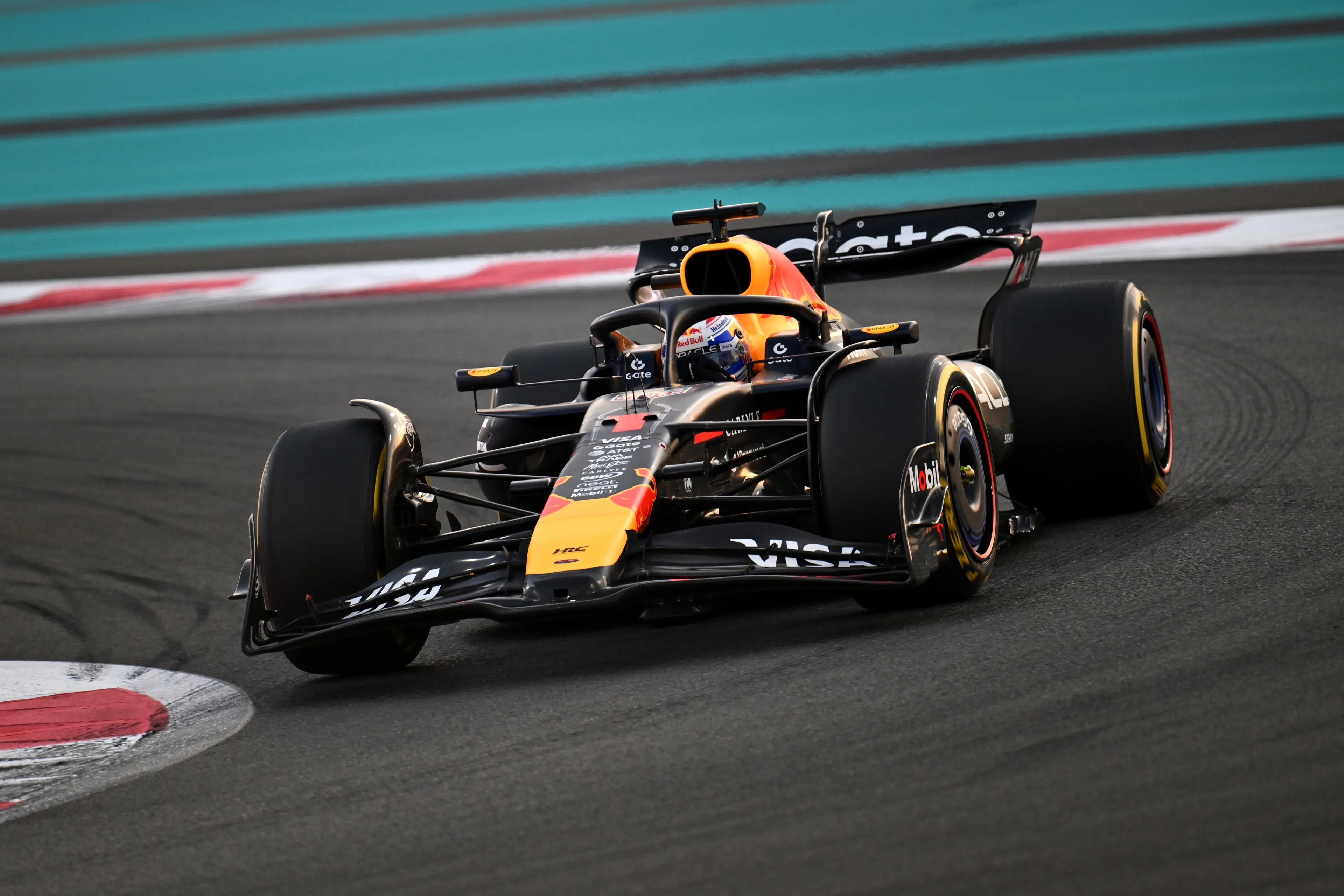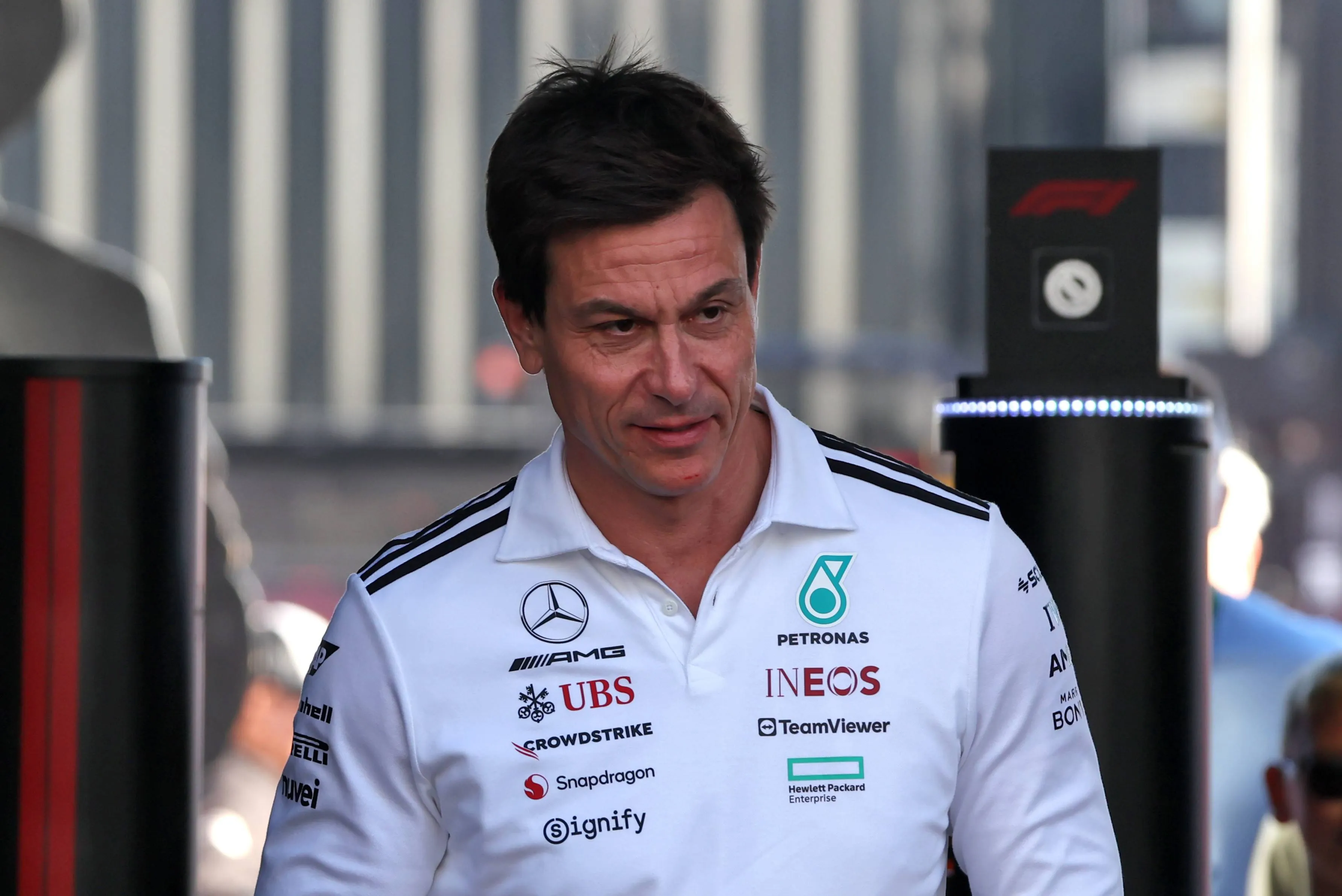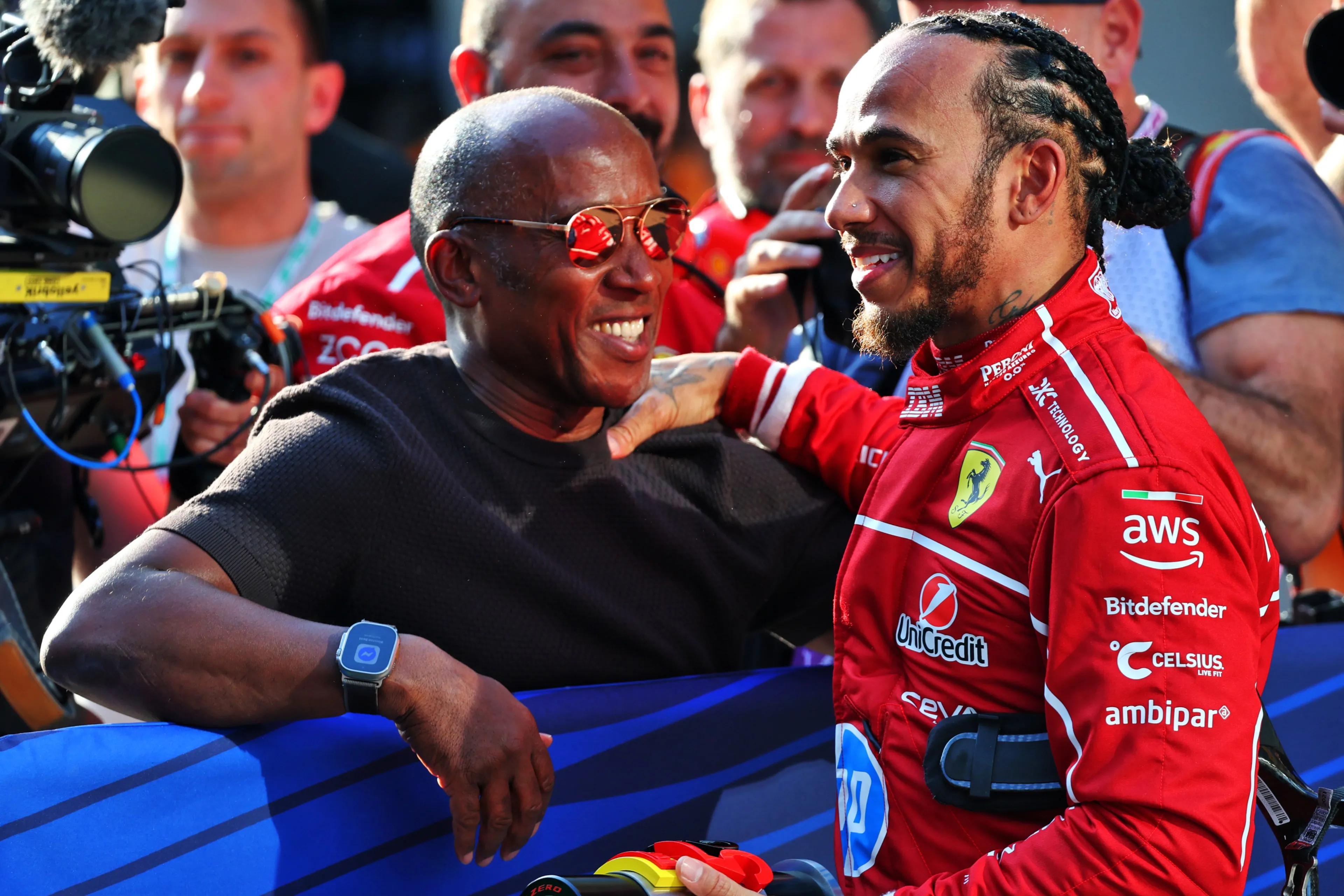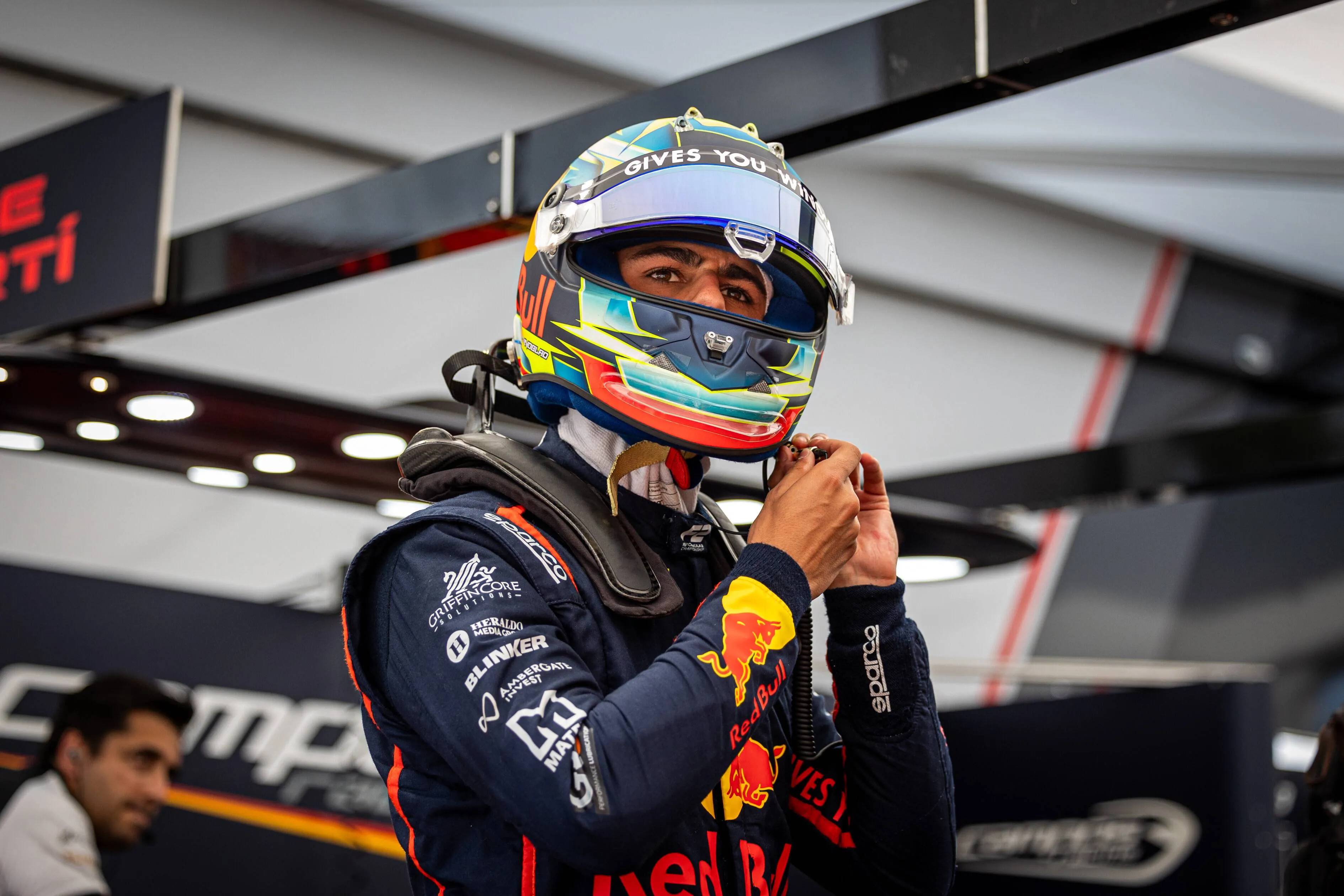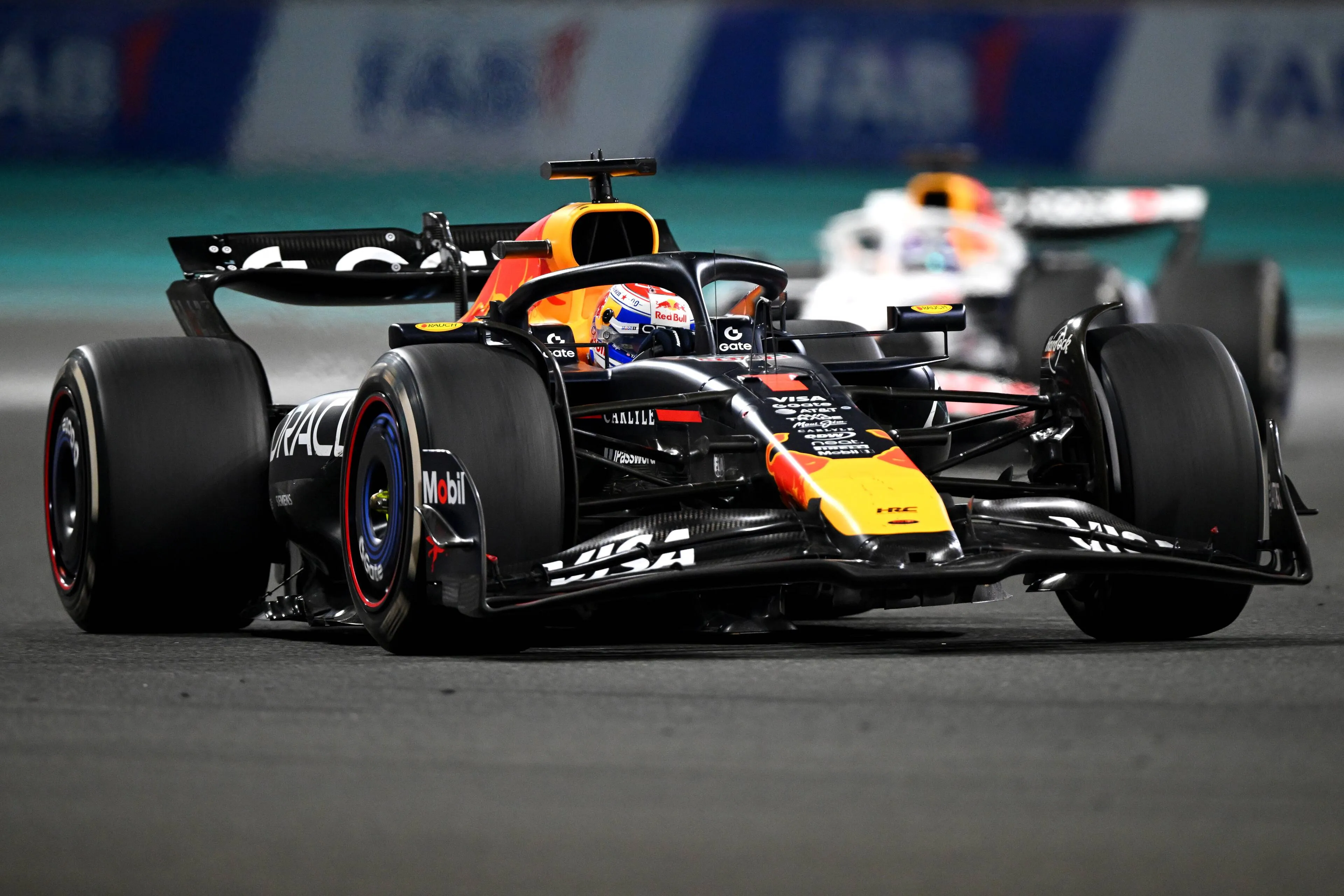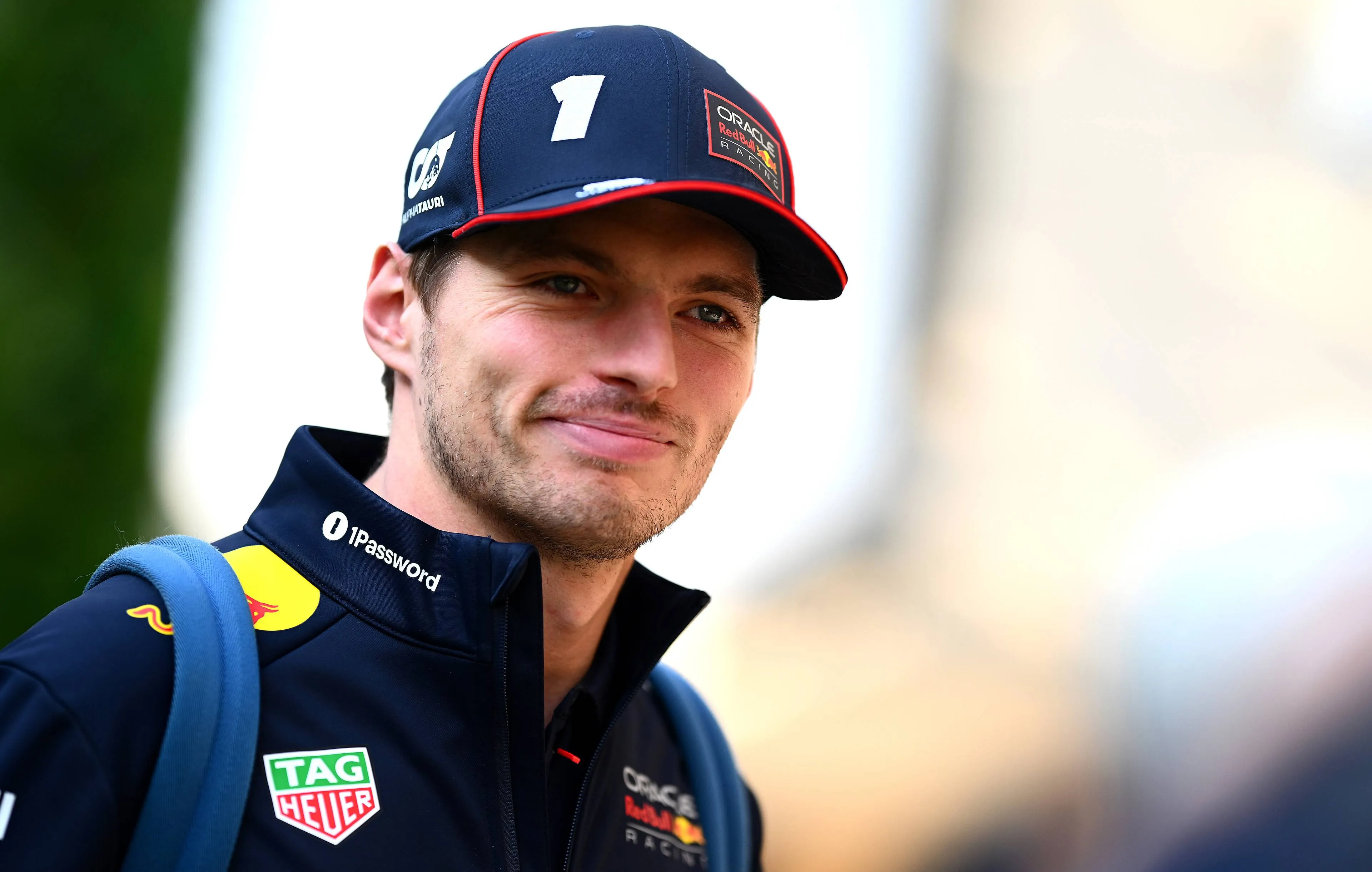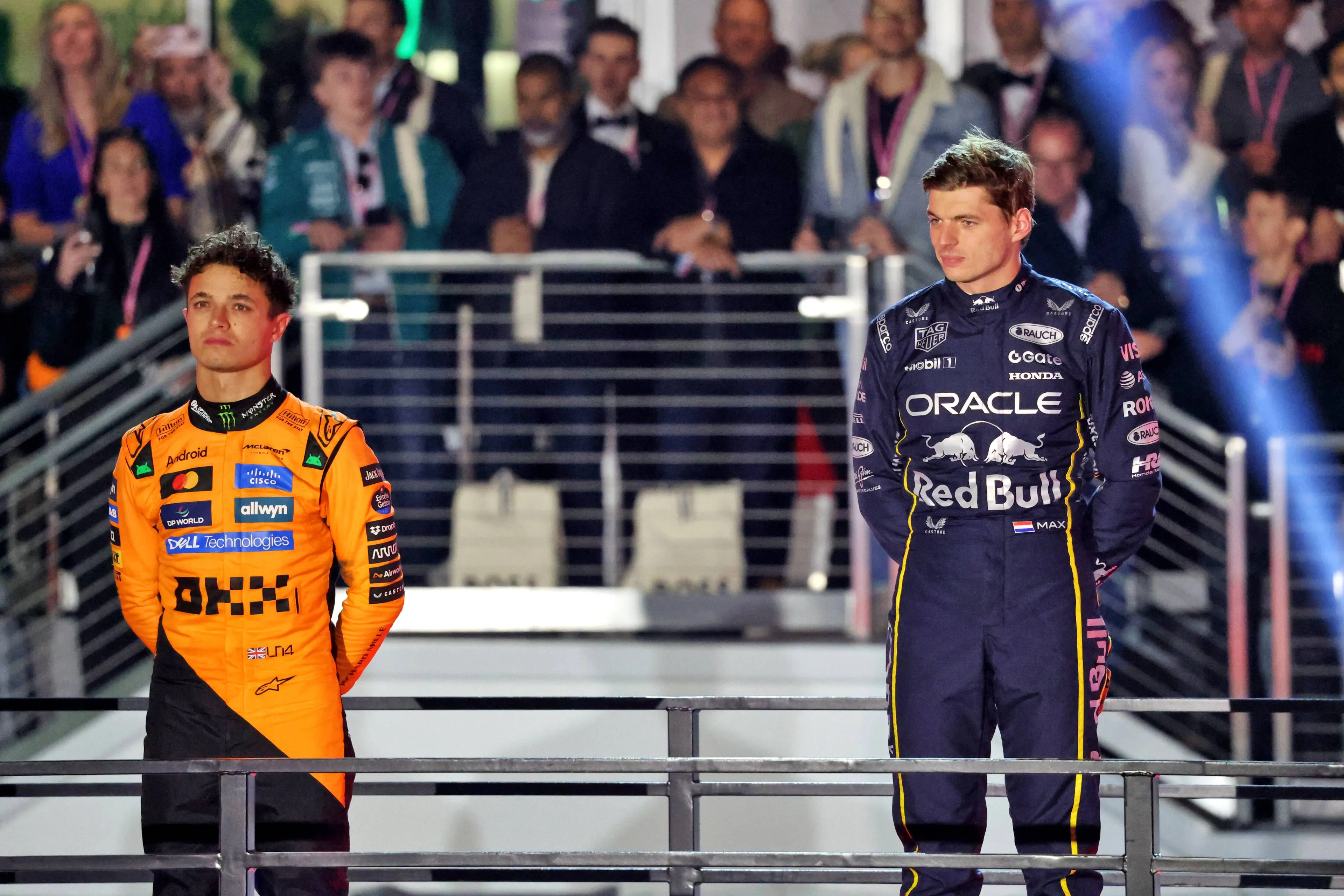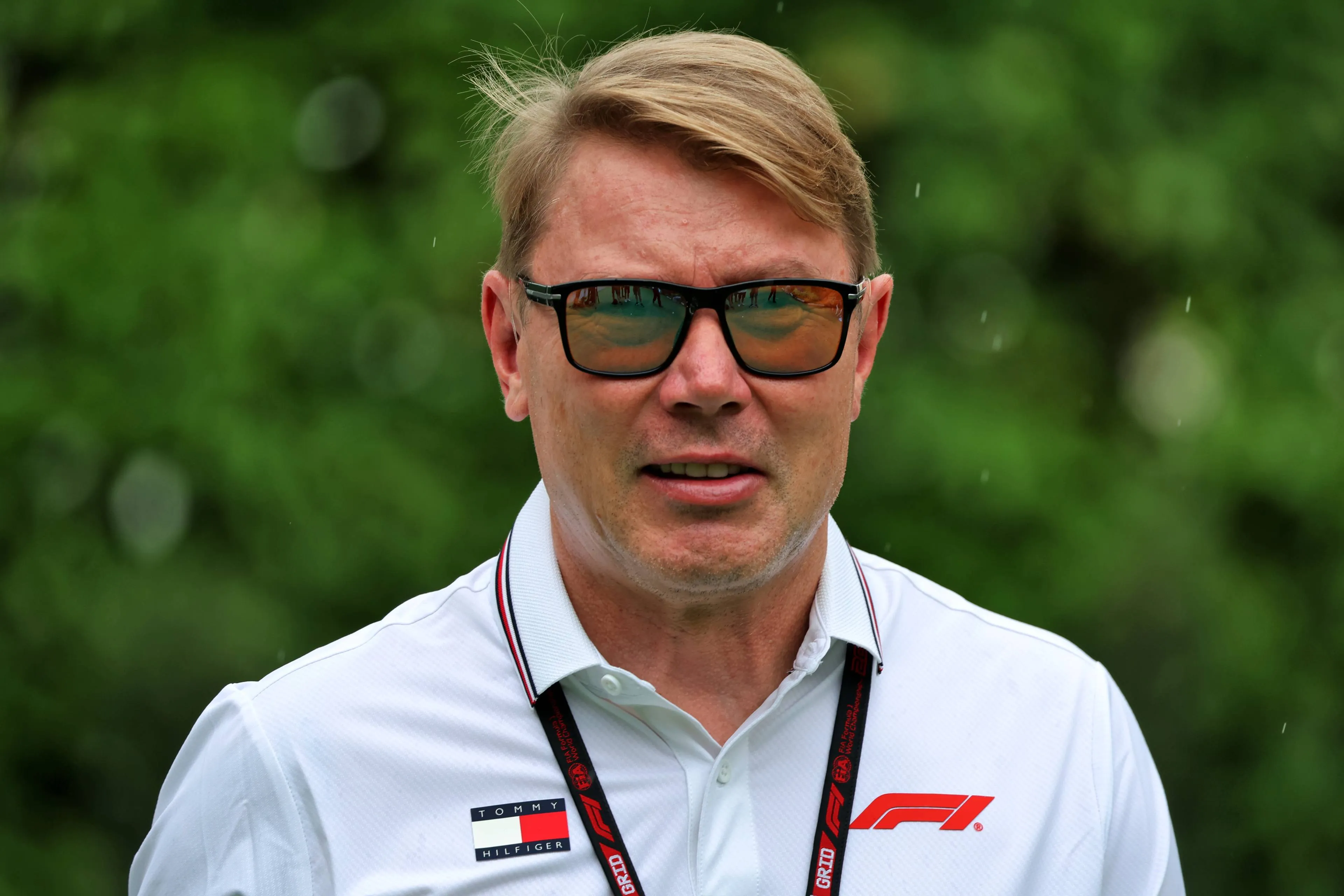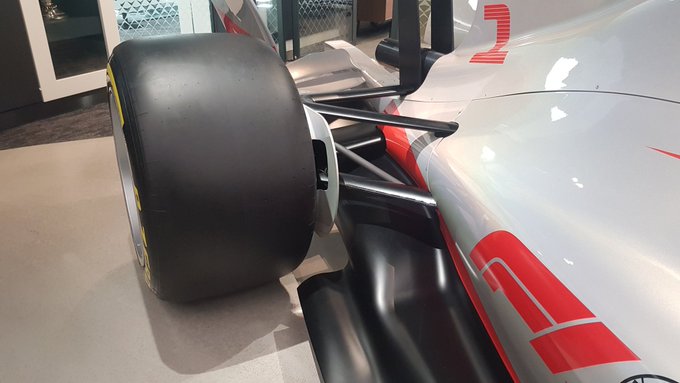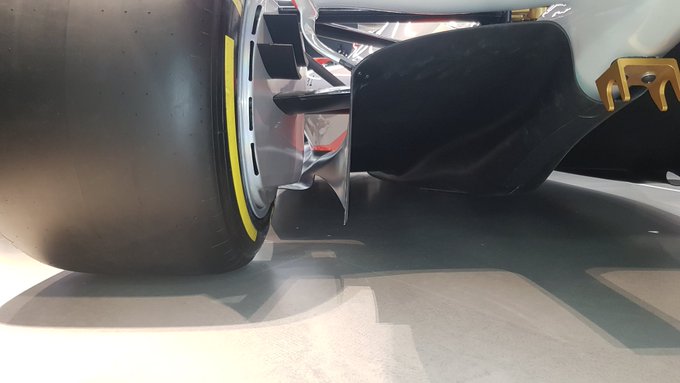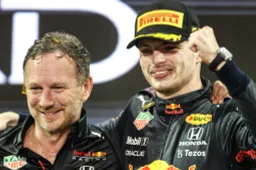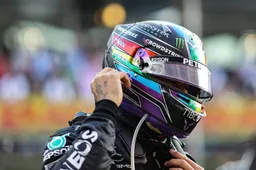Back in October 2019, the top brass of Formula 1 unveiled the new 2021 regulations. With the onslaught of the COVID-19 pandemic, these regulations were delayed to 2022, although their intention remains the same — to promote sustainability and encourage better, closer racing. Here we look at some of the major changes and consider how they might affect the on-track product.
Decreasing Aerodynamic Turbulence
With the new set of regulations, a large emphasis has been placed on reducing aerodynamic turbulence. This goal will be primarily accomplished through the reintroduction of the ground effect: the use of large underwings and bodywork on the floor of the car to “glue” the car to the ground and thereby generate more downforce. The ground effect was first pioneered by Lotus’s Colin Chapman in the 1970s, although it was banned by the FIA in 1983 on grounds of safety. Subsequently, F1’s aerodynamic designers have turned to other areas of the car to generate downforce, such as the bargeboards. This approach generates more turbulent air and makes overtaking more difficult.
F1 has taken inspiration from this earlier generation of cars for 2022. Although side skirts are banned, the 2022 car will feature fully-shaped underfloor tunnels (as opposed to the stepped floors seen in past years), generating substantial amounts of downforce. These underfloor tunnels are less sensitive to the aerodynamic wake of other cars, and thus drivers will be able to follow more easily.
The front wings have been drastically changed. In the previous generation of cars, the front wings were essential to directing airflow over the front tires while generating consistent downforce. However, these wings directed considerable wake outboard, disrupting the air behind. The 2022 cars have wings that should minimize this outboard wake by narrowly directing air through the sides of the car.
The rear wing has also seen some major revisions. The new cars will feature rear wings with rolled tips, as opposed to the sharper, more rectangular wings we saw last year. Under the previous regulations, the rear wings directed airflows outward (into the path of following cars). Through a series of vortices and angled geometries, the new rear wings will take the wake generated by the rear wheels and direct it through the sloped diffuser high into the air. As such, following cars will travel through less turbulent air.
The new cars will also feature over-wheel winglets. These winglets have been clearly visible in the renders and cars launched thus far, and their primary purpose is to redirect the wake generated by the front wheels away from the rear wing (where it could disrupt cars behind). Wheel covers, last seen in F1 in 2009, return in 2022 as a potential method for teams to recoup some of the downforce lost in other parts of the car.
In aggregate, these changes are predicted to cut downforce loss from the current 47% to an estimated 18% at a one car length distance. This will reduce the pace differential required to overtake, hopefully promoting better racing between similarly competitive cars.
Banned Elements
A number of elements have been banned for 2021, starting with the bargeboards. With the simplified front wings introduced in 2019, teams experimented with using other areas of the car to generate downforce. The bargeboards, consisting of all the aerodynamic components behind the front suspension but in front of the sidepods, became increasingly complicated. While they were highly effective at creating underfloor downforce, they created a lot of aerodynamically turbulent outwash for cars behind. As a result, F1 has banned them completely for 2022 (although some teams are developing clever workarounds). This is in line with the general philosophy of encouraging overtaking.
On the suspension, hub extension mount points have also been banned. First pioneered by Toro Rosso and Mercedes, these mount points connected the upper suspension on extensions from the wheel hub, and not on the wheel hub themselves. This design effectively maximized the aerodynamic efficiency of the top wishbone by mounting it higher. This clever innovation has been banned for 2022, in an effort to both decrease development costs and reduce the disruptive wake.
Although not strictly related to the aerodynamics of the car, hydraulic suspension has been banned for 2022. These suspension systems, popularized by Mercedes in recent years, mimic the active suspension designs of the 1990s. Through a series of hydraulically-controlled springs, engineers can mechanically “program” the car to react more precisely in certain circumstances. This makes the car more stable when compared to a traditional suspension system. However, hydraulic suspension systems are incredibly expensive to develop, and have thus been forbidden in an effort to close the gap between the largest and smallest teams.
Elsewhere, certain parts have been standardized like the fuel pumps, wheel covers, etc. Other components have prescribed or open-source designs from the FIA, like the driveshaft, axles, brake discs and calipers, etc. Teams can take these designs and modify them for their own use, pending approval from the FIA.
New Tyres
Perhaps the largest visual change for 2022 will be the new 18-inch tyres, which are substantially larger than the 13-inch Pirelli tyres we have grown accustomed to in recent years. Several teams tested with the 18-inch tyres last year with the 2019 and 2021-spec cars.
These new tyres were designed by Pirelli specifically to promote closer racing. They are engineered to overheat less when sliding. Often, we’ve seen drivers sliding in the dirty air of another vehicle, ruining their tyre life and not being able to sustain a continued challenge. The 2022 tyres also reduce the sidewall deflection and ensuing aerodynamic wake. The wake created by the tyres (and how it interacts with the rest of the car) is of key interest to F1 teams; simplifying this wake will help to decrease R&D costs.
However, some drivers have raised concerns about the visibility issues stemming from the larger tires. Following the FW44 shakedown, Williams driver Alex Albon told The Race, “Because on open tracks, you can see far ahead of you. With the blind spots of the tyre and the deflectors it takes away a lot that immediate view, kind of as you’re looking into the corner.
“So what you end up doing is you’re looking actually further around the corner, which on a street track past a wall, there’s only more wall. So you can’t see much around it. So I think that’s going to be the tricky one and also just combat driving, I think that’s also going to be something a little bit trickier to see where you are, where the front wing is, where your tyres are.”
More Stringent Aerodynamic Testing
F1 has also implemented a stricter sliding scale for aero testing in 2022. In the past, there were no limits on aerodynamic testing. As a result, wealthier teams could run their wind tunnels and CFD simulations continuously, gaining crucial tenths and giving them a significant advantage. In recent years, restrictions have been introduced (like the limit to 65 wind tunnel runs per week), but they were common to all teams.
Under the sliding scale, teams will receive an allocation of CFD and wind tunnel time that is relative to their on-track performance. Teams that place higher in the constructor’s championship will receive less testing time, and that increases as one slides down the grid. This system was first introduced in 2021, and has been further tightened for this season. The first-placed team will only receive 60% of the wind tunnel time as the last-placed team. This scheme, in addition to the budget cap, is designed to disrupt the positive feedback loops that have led to periods of domination by one team.
Different Design Concepts
We’ve already seen the many unique design philosophies undertaken by some of the teams with the car reveals so far. Some of the key areas of divergence include the suspension, cooling, and sidepod structure.
Both McLaren and Red Bull have opted for pullrod front suspension, breaking from the norm of pushrod front suspension undertaken by Mercedes, Ferrari, and Aston Martin. Mclaren have gone bolder still, choosing a pushrod design for their rear suspension (when the norm is pullrod).
Different teams have also devised different cooling methods. Ferrari and Aston Martin have introduced gills into their bodywork, whereas other teams have opted for big outlets at the rear of the car. It is particularly interesting to see how teams with the same engine manufacturer (like Mercedes and Aston Martin) develop different solutions for their cooling needs. Both methods have their respective advantages and tradeoffs.
Elsewhere, some teams have developed certain novelties. Ferrari turned heads with their cradle-like sidepods, as well as their two-part nosecone structure. Mercedes have opted for a wavy floor, similar to the one they tried in 2021 but promptly scrapped.
It’s fascinating to see each team’s interpretation of the new regulations. Up until preseason testing, everything is purely theoretical and speculative. It’s possible that one team has hit the jackpot, and it’s also possible that another team has erred significantly in their design and will slide down the competitive order. Perhaps these different concepts are equally competitive, with different tracks and circumstances suiting different cars as the framers intended. F1 is in the dawn of an exciting new era, and everything is to play for come Melbourne.
Read more about:
Popular on GPBlog
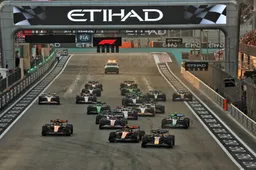
1
How qualifying elimination format will change in 2026 with expanded F1 grid
7054 times read
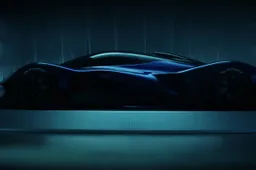
2
Final version of Adrian Newey’s latest Red Bull masterpiece unveiled
2255 times read

3
Kelly Piquet posts Verstappen showing the ocean to daughter Lily
1618 times read
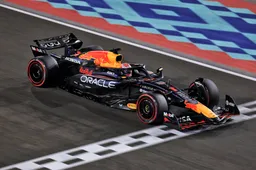
4
Key Red Bull Racing figure begins new job at rivals McLaren
1374 times read
Loading


